
BE THE FIRST TO KNOW
Subscribe to the Porto eCommerce newsletter to receive timely updates from your favorite products.
Waterproof vinyl flooring has quickly become a go-to choice for many homeowners. It combines the look of natural materials like wood and stone with the durability needed for everyday life. More importantly, it handles moisture without warping, swelling, or getting damaged—something traditional materials often struggle with.
When you’re exploring vinyl flooring options, it helps to understand the different types available. Planks that resemble hardwood and tiles that mimic natural stone both offer unique design possibilities. With so many styles and features to choose from, this guide will walk you through everything you need to know, from what it’s made of to how it’s installed and maintained, so you can find the right fit for your space.
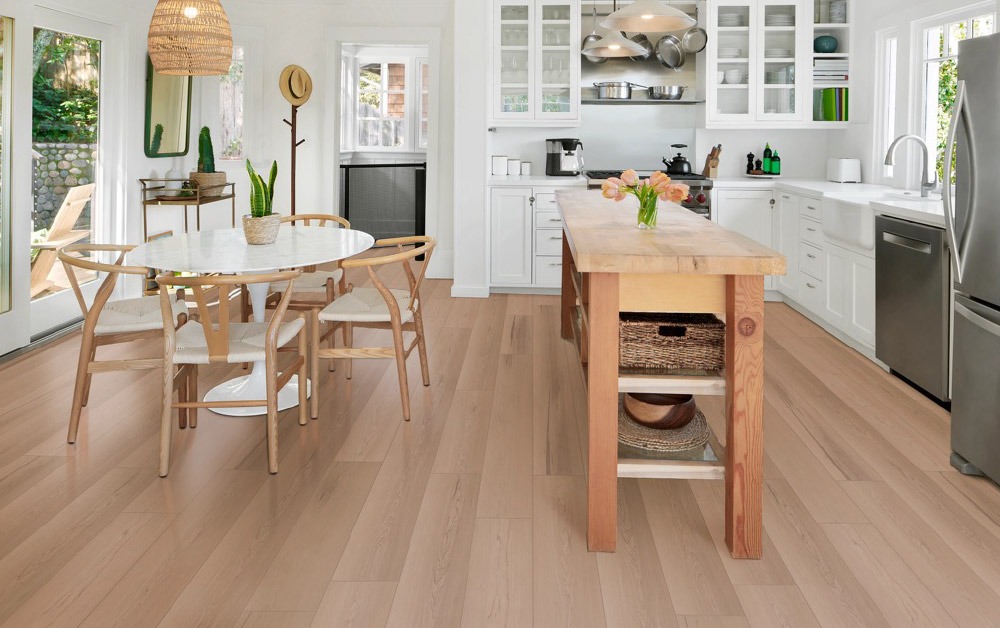
The waterproof core is what truly sets waterproof vinyl flooring apart from other flooring types. Unlike traditional laminate flooring that can warp when exposed to moisture, vinyl plank flooring waterproof designs are engineered specifically to prevent water damage. The flooring is waterproof thanks to its multi-layer construction that typically includes a waterproof core made from materials like stone plastic composite (SPC vinyl) or wood plastic composite.
Waterproof luxury vinyl products feature a completely waterproof structure from top to bottom. While water-resistant options may repel moisture temporarily, flooring that is waterproof can handle prolonged exposure to water without damage. This makes waterproof flooring for your home an excellent investment, especially in areas prone to spills or humidity like kitchens, bathrooms, and basements.
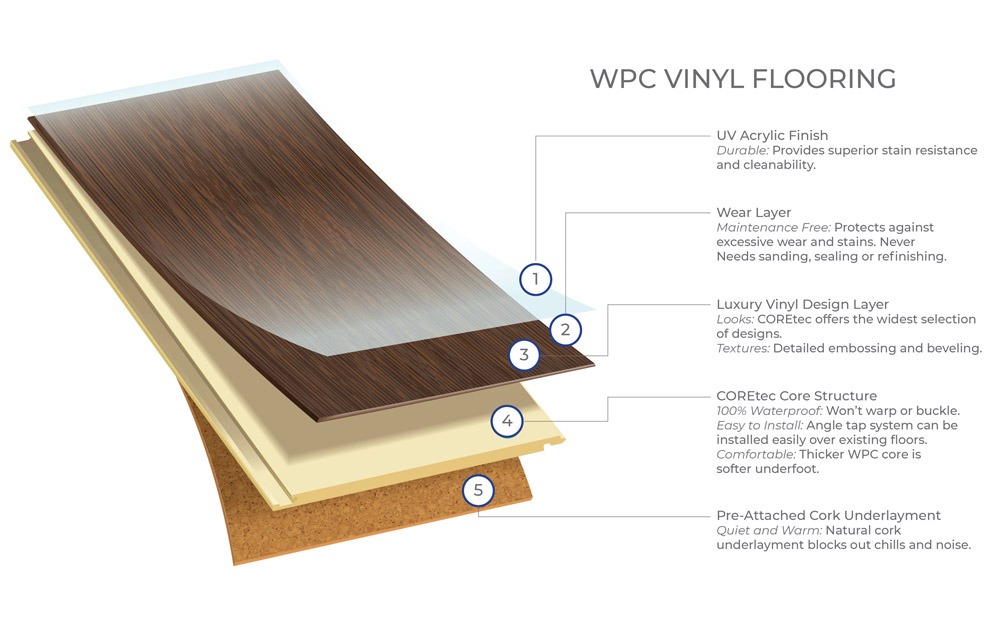
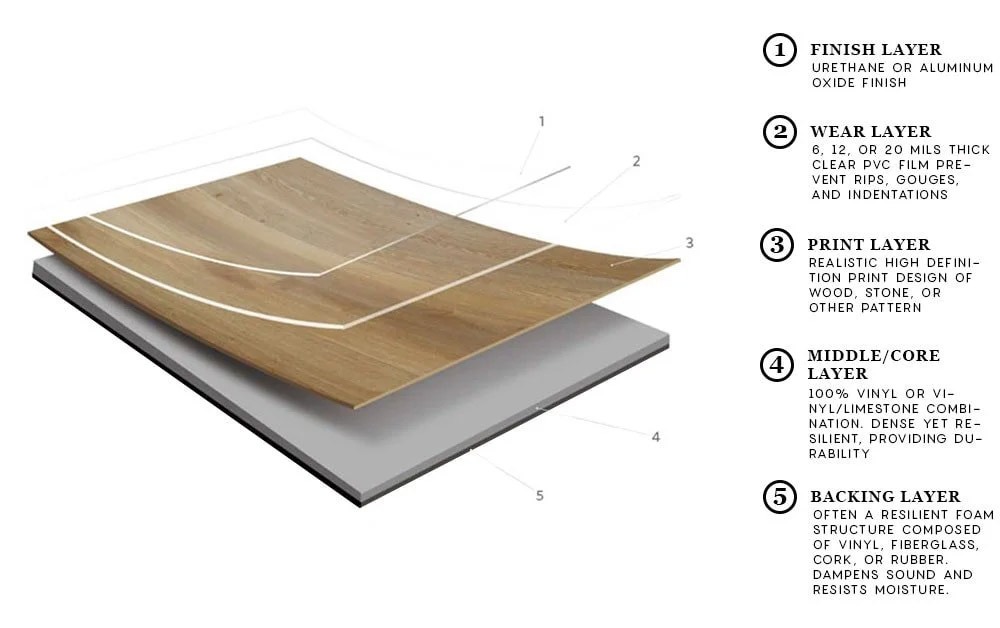
There are several types of vinyl plank flooring available on the market today, each with unique characteristics.
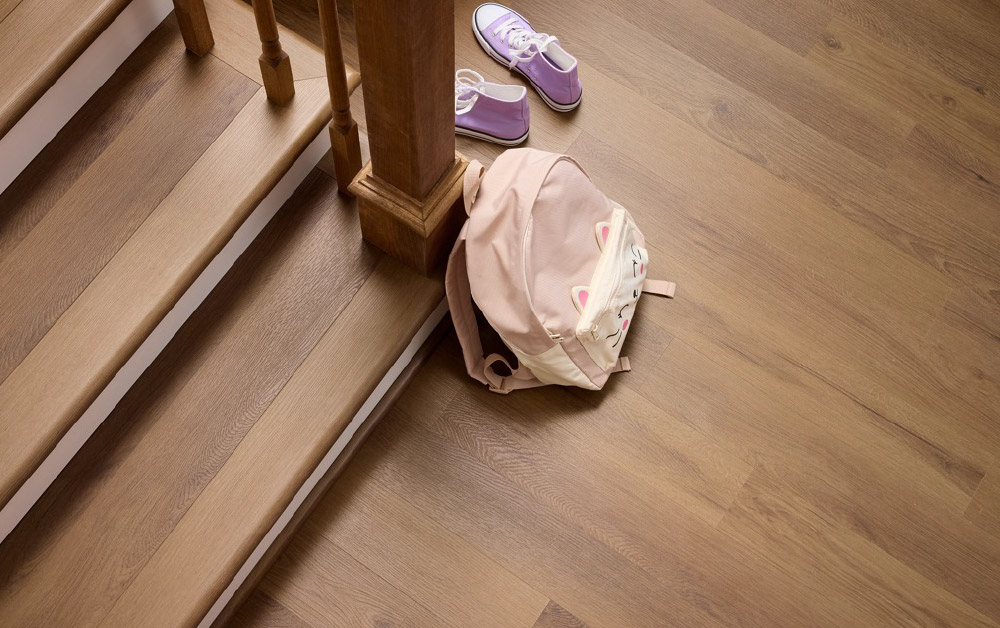
Designed to look and feel like real hardwood, LVP features realistic textures and natural color variations. It's a great choice if you want the look of wood without the risk of water damage.
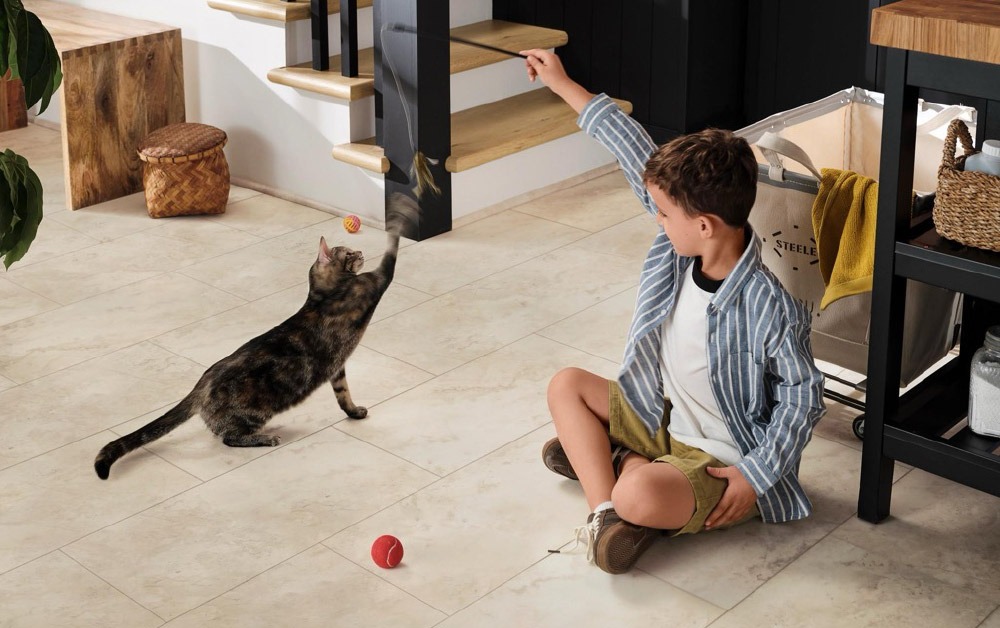
This option mimics the appearance of stone, ceramic, or porcelain tiles. It's durable, water-resistant, and works well in areas where you want a tile look without the cold, hard feel of actual tile.
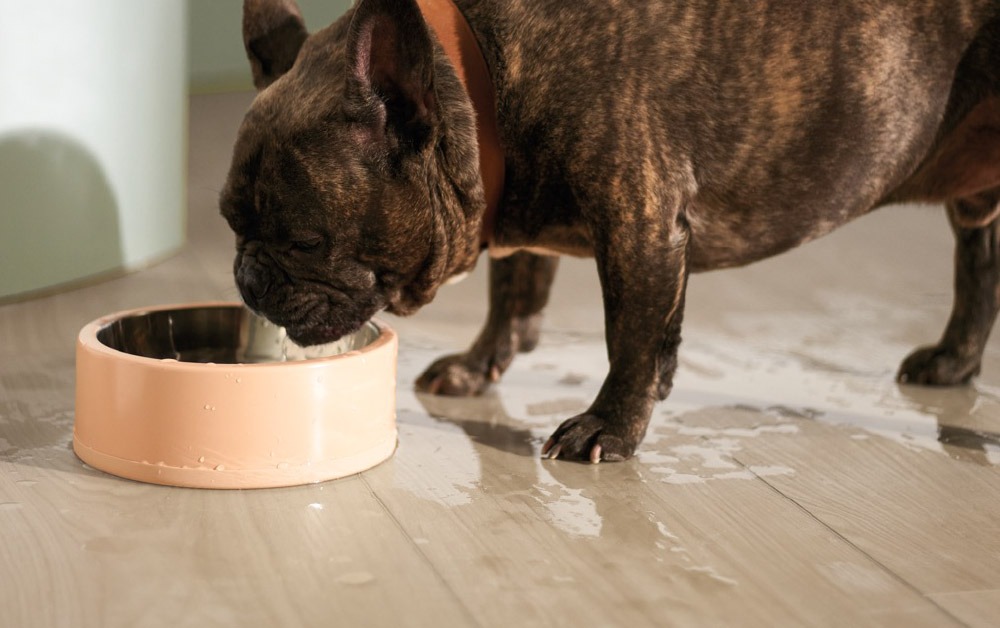
A newer type of vinyl that offers added strength and stability. It’s more resistant to dents and wear, making it a smart pick for high-traffic or busy areas.
Both plank and tile formats offer exceptional water resistance, but they differ in their visual appeal and installation patterns. Rigid core vinyl flooring represents another innovation in the category, providing enhanced stability and dent resistance compared to other types of waterproof vinyl flooring.
Waterproof vinyl flooring offers several practical benefits that make it a smart choice for everyday living. One of the biggest advantages is its resistance to moisture. Unlike hardwood or laminate, it won’t swell or warp when exposed to water. This makes it a reliable option for kitchens, bathrooms, and other high-moisture areas.
It’s also easy to take care of. Regular sweeping and the occasional mop are usually enough to keep it clean. Most vinyl flooring comes with a protective layer that helps prevent scratches, stains, and wear from daily use. For families with kids, pets, or a busy household routine, this kind of flooring offers both durability and peace of mind.
The variety of styles of vinyl available today is truly impressive. Manufacturers have perfected techniques to create incredibly realistic visual effects that closely mimic natural materials. From rustic wood grains to elegant marble patterns, vinyl flooring options can complement any interior design scheme.
Planks are typically rectangular and designed to resemble hardwood boards, while tiles often come in square formats reminiscent of ceramic or natural stone tiles. The design versatility of waterproof luxury vinyl plank flooring means you can achieve virtually any look, from contemporary to traditional, making it easy to find the perfect match for your aesthetic preferences.
When compared to other flooring options, waterproof vinyl flooring stands out for several reasons. Unlike hardwood flooring, which can warp and buckle when exposed to moisture, vinyl planks maintain their integrity even in wet conditions. Laminate flooring, though often more affordable than hardwood, typically lacks the waterproof capabilities of luxury vinyl floor products.
Traditional tile flooring is waterproof but can be cold underfoot and requires professional installation in most cases. In contrast, vinyl flooring is also typically warmer and more comfortable to walk on, with many products featuring cushioned backing for added comfort. This flooring material offers the perfect balance of practicality, comfort, and style, making it an excellent flooring solution for the entire home.
Waterproof vinyl plank flooring is one of the most DIY-friendly options out there. With a bit of prep and the right tools, most homeowners can install it themselves without much trouble. These floors are designed to “float,” meaning they don’t need glue or nails and they simply click together and lock into place.
Before you get started, make sure your subfloor is clean, level, and dry. Let the planks sit in the room for at least 48 hours to adjust to the temperature and humidity. This helps prevent any shifting or gaps later on.
This vinyl flooring installation method contributes to the flooring's waterproof properties by preventing moisture from seeping between planks. While professional flooring installation is always an option, the DIY-friendly nature of vinyl plank makes it an appealing choice for hands-on homeowners looking to save on installation costs.
Waterproof vinyl flooring really shines in spaces where moisture is part of the daily routine. Bathrooms are a natural fit, thanks to constant humidity and the occasional splash. But it’s just as useful in kitchens, laundry rooms, entryways, and basements, anywhere spills, drips, or damp air might be an issue.
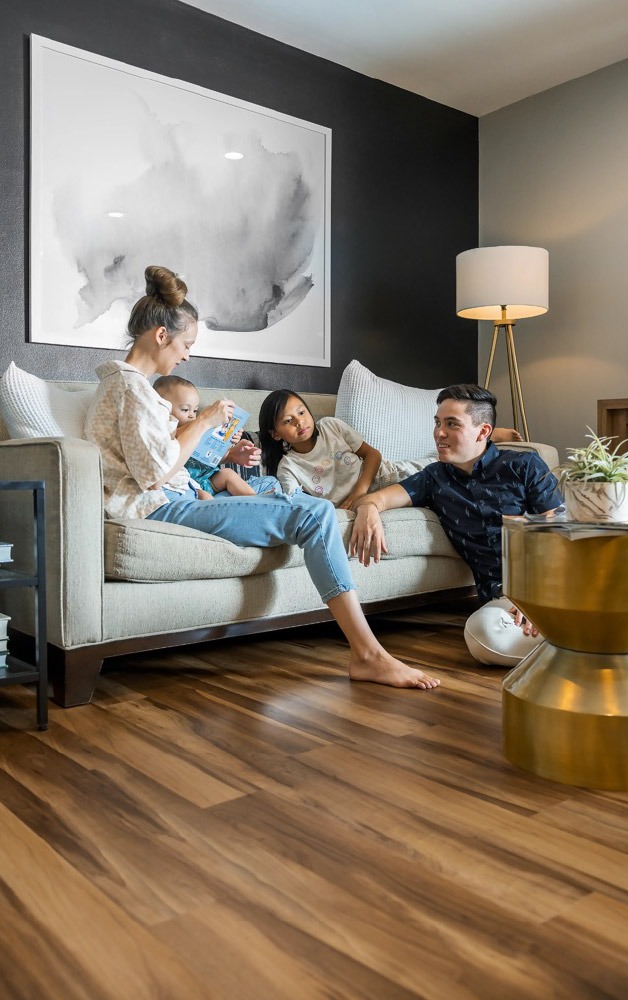
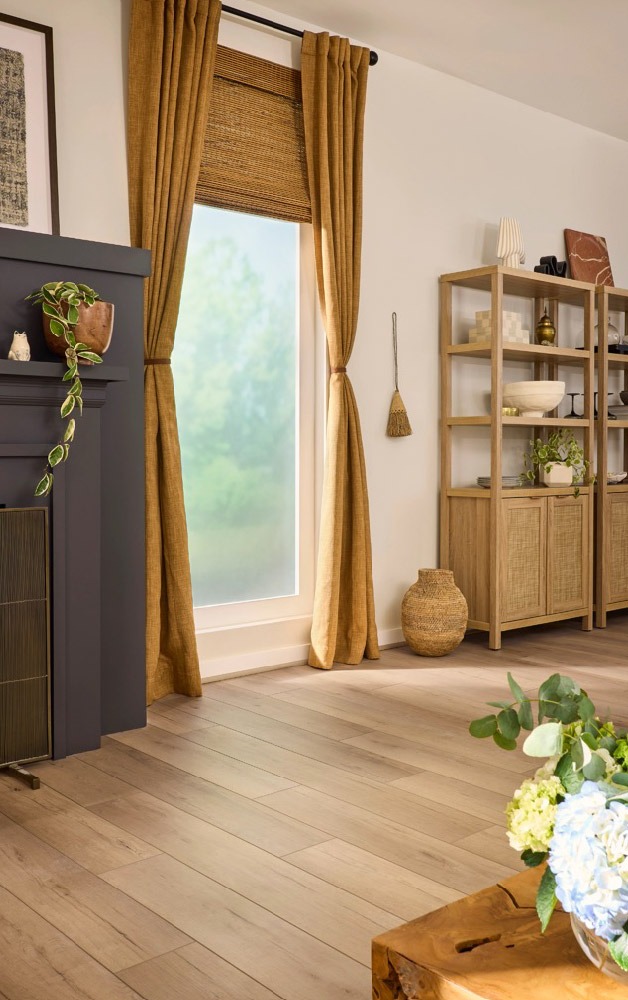
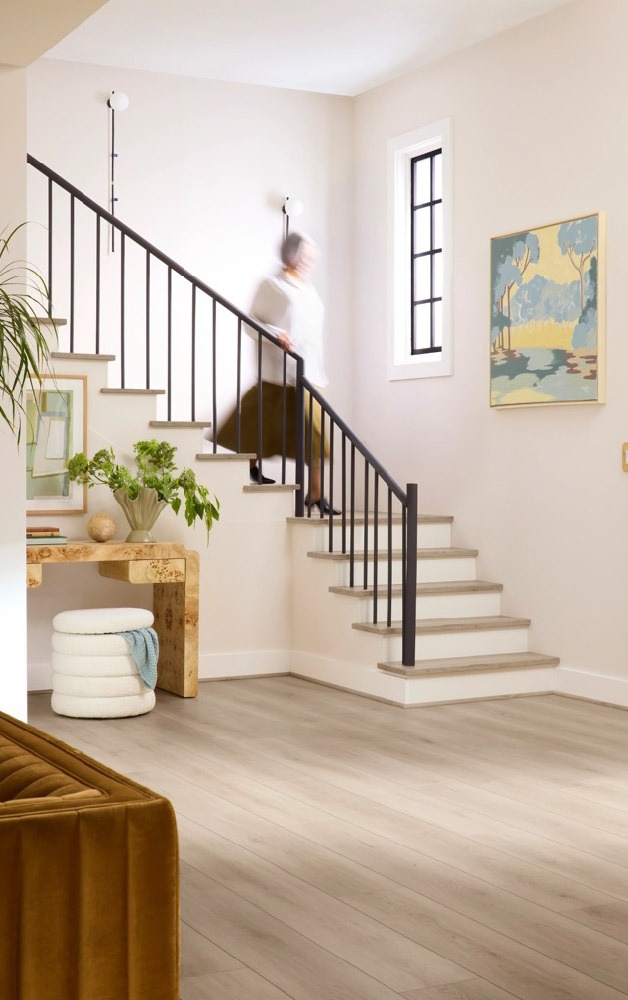
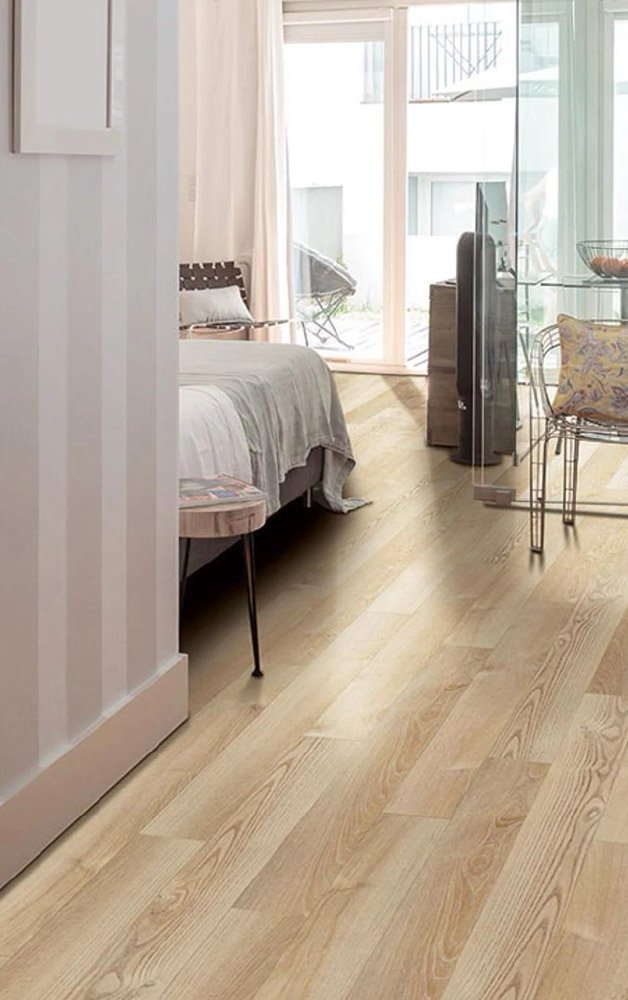
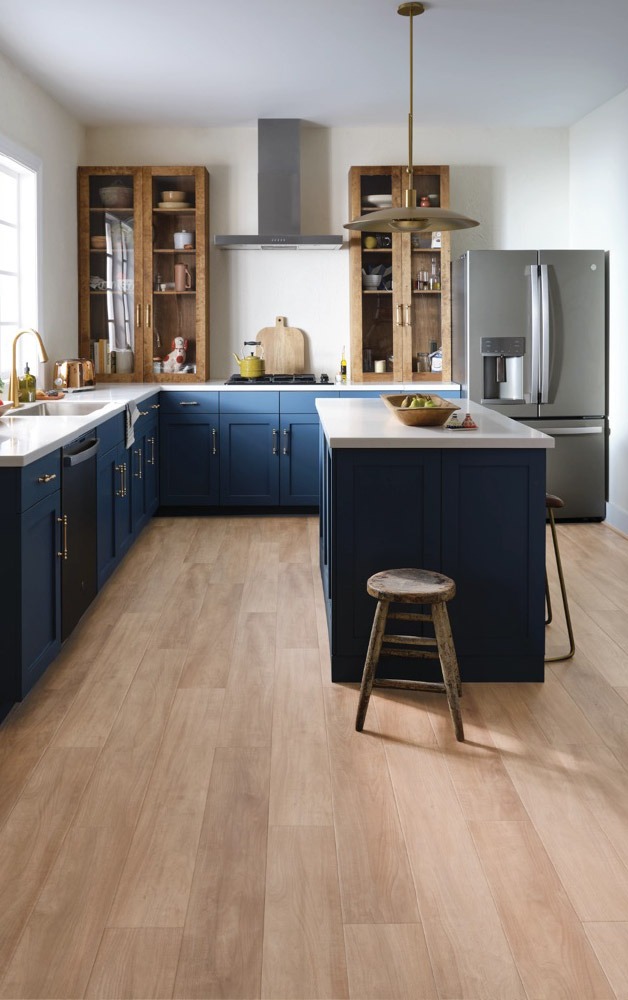
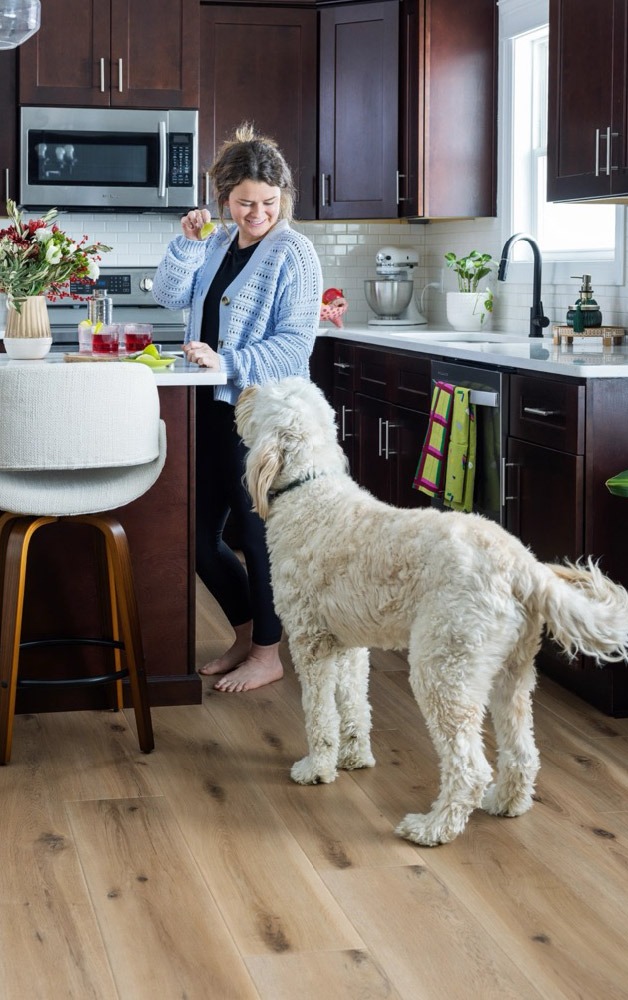
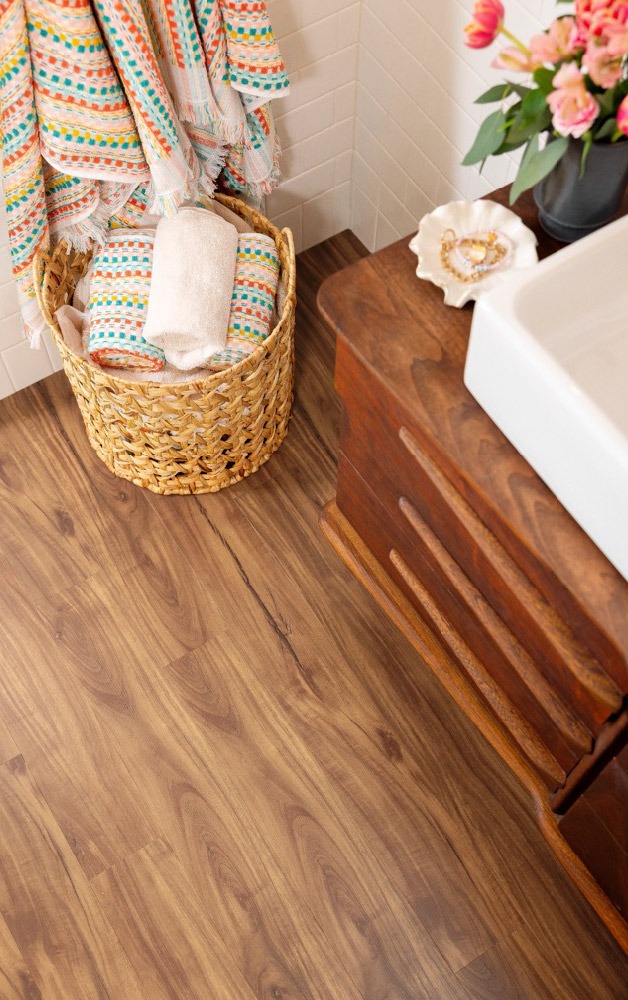
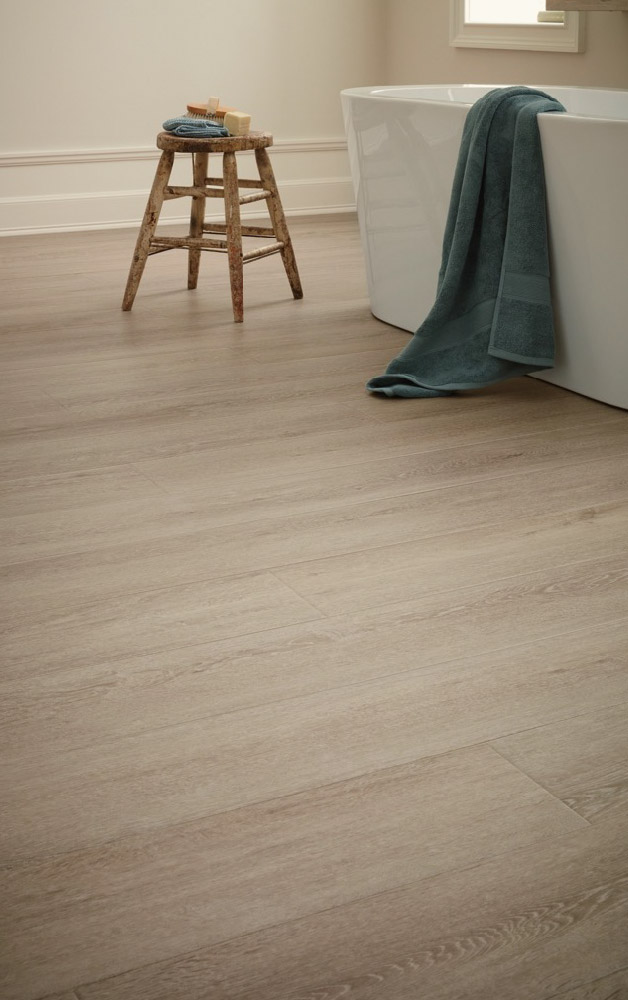
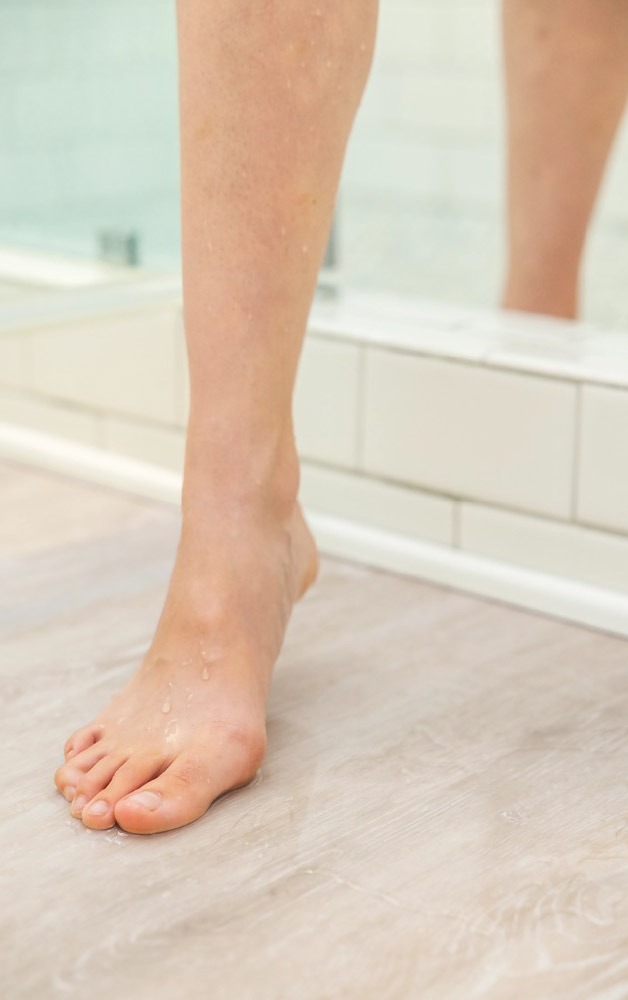
One of the perks of using waterproof vinyl is the flexibility to carry the same flooring across multiple rooms. It creates a clean, consistent look without giving up practicality. Since it holds up well in wet areas and still looks great in living spaces, it’s a smart choice for anyone wanting both function and style throughout the home.
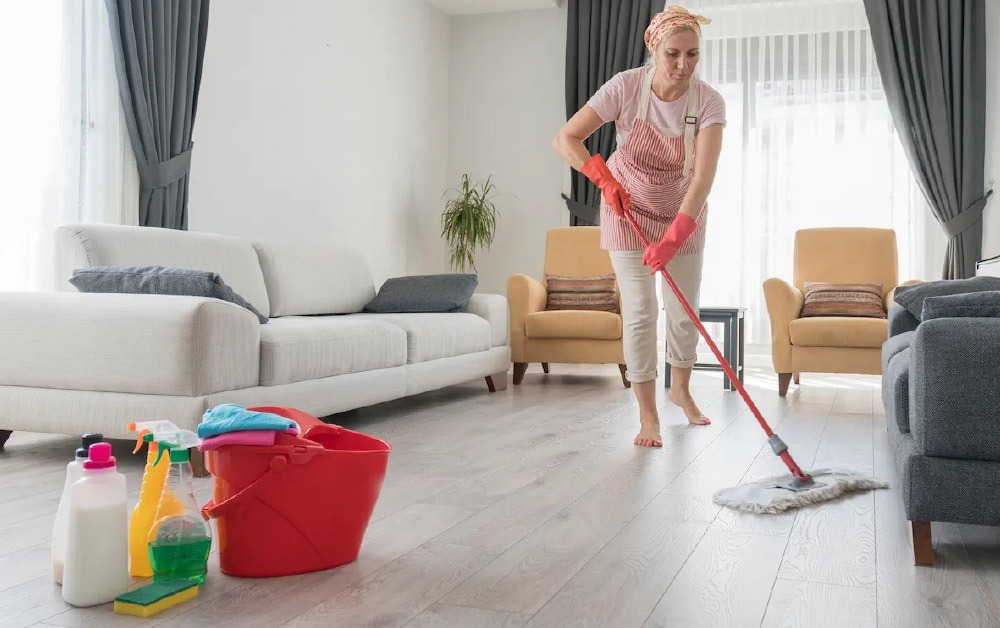
One of the major selling points of luxury vinyl planks is that this flooring is easy to maintain.
With proper care, your waterproof vinyl plank floor can maintain its beautiful appearance for many years. This low-maintenance aspect makes vinyl flooring products particularly appealing to busy households seeking practical yet attractive flooring options.

The exceptional durability of waterproof vinyl plank floor systems is due to their multi-layered construction. At the top sits a transparent wear layer that protects against scratches, stains, and general wear and tear. The thickness of this wear layer varies between products, with premium luxury vinyl flooring offering thicker, more durable protection.
Beneath the wear layer, you'll find the design layer, which contains the printed pattern that gives the flooring its realistic appearance. Under that is the waterproof core, followed by a backing layer that adds stability and sometimes sound absorption.
This carefully engineered structure creates flooring that is much more resistant to damage than many alternatives, making it an excellent investment for high-traffic areas in your home.
Vinyl flooring has come a long way in recent years, with several types of technologies designed to suit different spaces and needs. Here’s a quick breakdown of the main options:
Also known as luxury vinyl in sheet form, this type provides seamless coverage, making it ideal for commercial areas or residential bathrooms where moisture is a concern.
These come in square formats and offer the look of ceramic or natural stone, while being easier to install and maintain.
This rigid core vinyl features a dense, waterproof core that adds extra stability and dent resistance. It's great for high-traffic areas or spaces where durability is key.
Another rigid core option, WPC offers similar waterproof features but with a slightly softer, more cushioned feel underfoot—perfect for comfort in living areas.
It's important to understand the distinction between waterproof and water-resistant flooring when evaluating your options.
Water-resistant products can repel moisture for a limited time, but prolonged exposure may eventually cause damage. In contrast, flooring that is waterproof can withstand indefinite exposure to water without warping, swelling, or deteriorating.
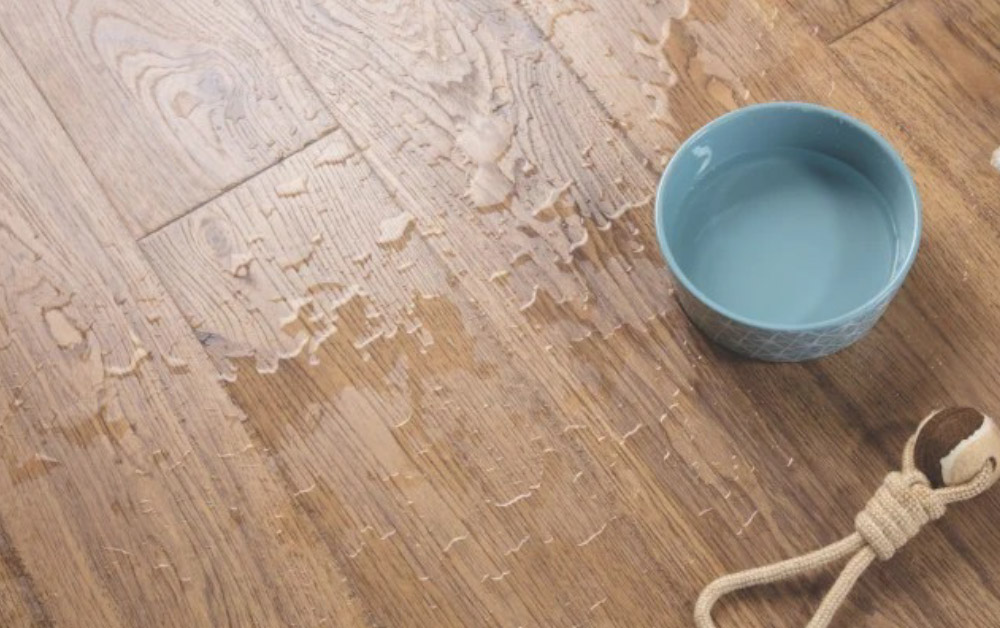
Waterproof luxury vinyl plank flooring is designed with a waterproof core that prevents moisture from penetrating through the material. This makes it suitable for areas where spills might sit for hours before being discovered, or in spaces like bathrooms where humidity levels are consistently high.
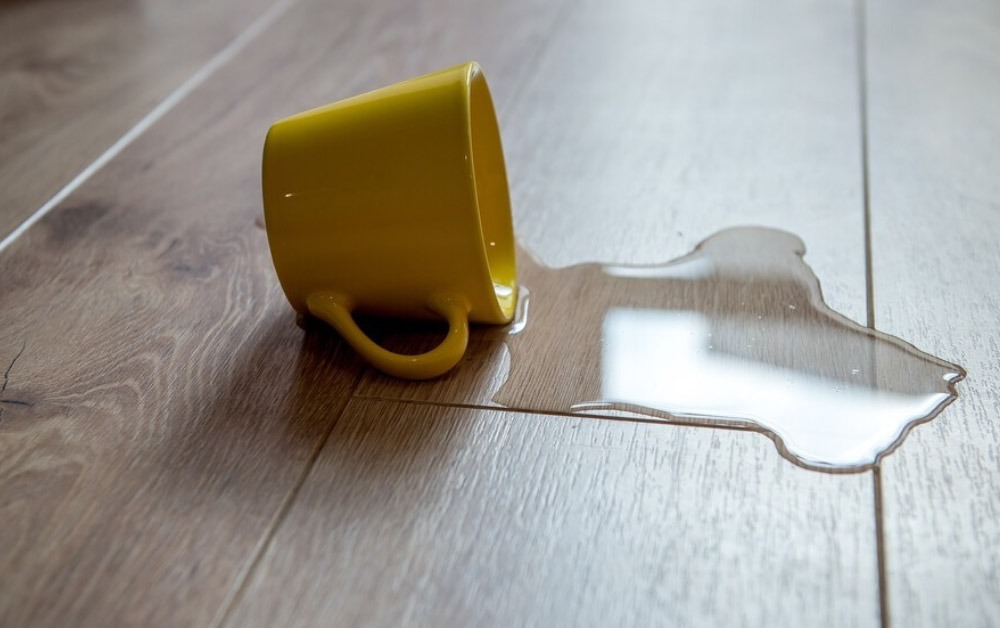
When choosing between water-resistant and waterproof options, consider the specific needs of the space where the flooring will be installed.
| Feature | Water-Resistant Flooring | Waterproof Flooring |
|---|---|---|
| Moisture Protection | Repels moisture temporarily | Prevents water from penetrating at all |
| Exposure Tolerance | Can handle light spills and brief exposure | Can handle standing water and constant humidity |
| Risk of Damage Over Time | Prolonged moisture can lead to warping or swelling | No warping, swelling, or deterioration even with long exposure |
| Core Design | May slow water absorption, but not fully sealed | Built with a waterproof core that blocks moisture completely |
| Ideal Areas for Use | Living rooms, bedrooms, light-use areas | Bathrooms, kitchens, basements, laundry rooms |
| Best For | Areas with low to moderate moisture risk | High-moisture environments or where spills might sit unnoticed |
When shopping for vinyl flooring, price is naturally a consideration. The cost of luxury vinyl products varies based on several factors, including the thickness of the wear layer, the quality of the design layer, and the reputation of the flooring manufacturer. While waterproof luxury vinyl flooring typically costs more than basic vinyl and laminate options, it offers superior performance and longevity that often justifies the additional investment.
Installation costs should also be factored into your budget. While many homeowners choose to lay vinyl flooring themselves, professional installation ensures optimal results, particularly for complex layouts or when preparing an uneven subfloor. When calculating the total cost, consider both the immediate expense and the long-term value provided by durable, low-maintenance waterproof flooring.
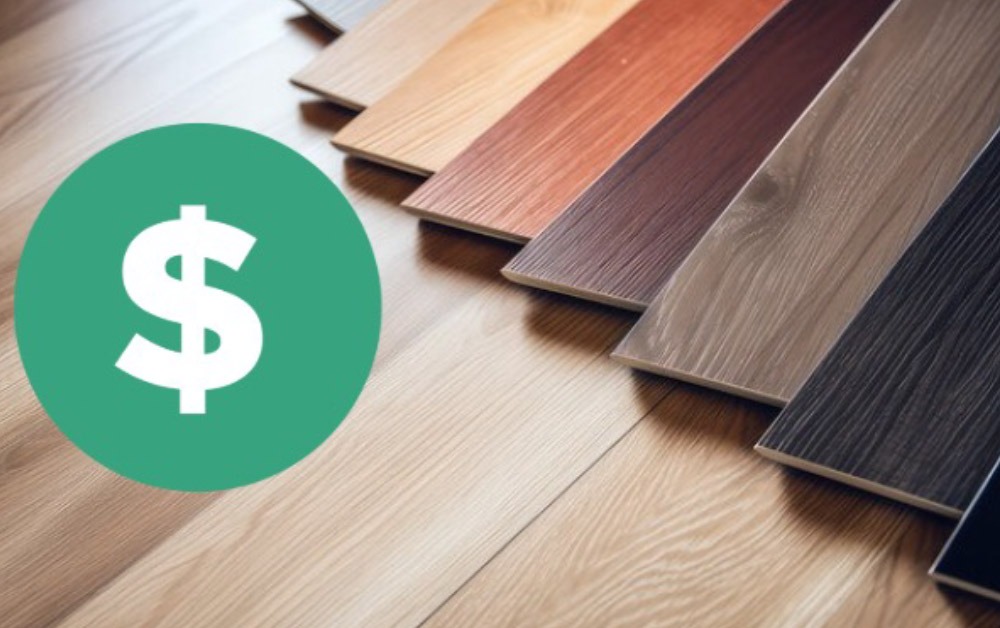
As more homeowners become environmentally conscious, there's growing interest in how flooring materials impact health and the planet. Luxury vinyl flooring (LVF), while popular for its durability and style, comes with both pros and cons when it comes to sustainability.
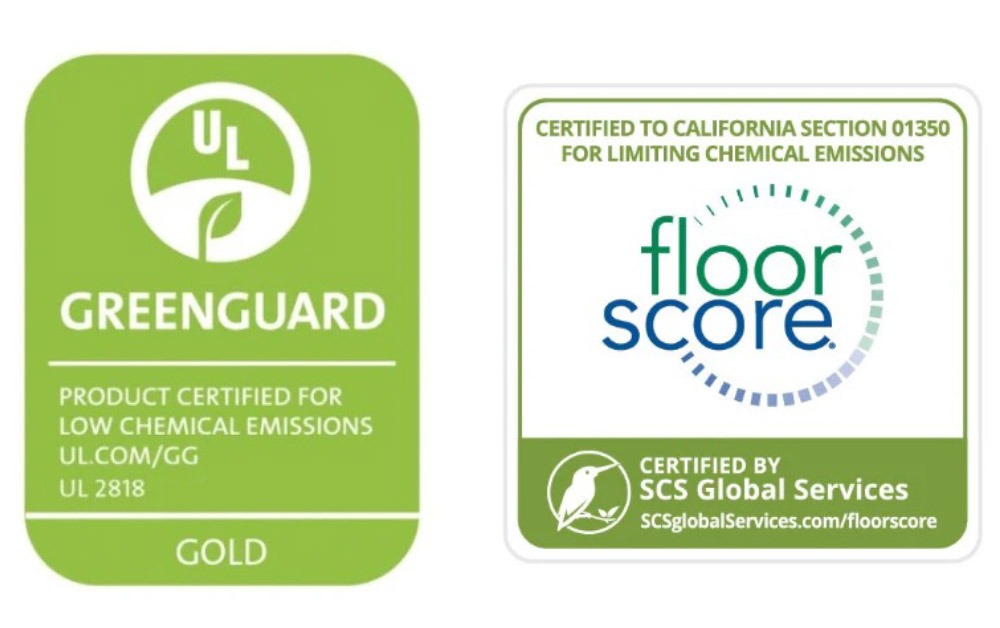
Modern vinyl flooring is increasingly made with fewer harmful materials and more responsible practices. Many brands now offer:
Some products even carry Cradle to Cradle® certifications, which consider the entire lifecycle of a product—from material safety to recycling potential.
That said, recyclability is still a challenge for most vinyl flooring, due to the way it’s manufactured. It’s not as easily broken down and repurposed as other flooring materials. However, LVF’s long lifespan works in its favor. Because it's built to last, it doesn't need to be replaced as often, which can reduce waste over time.
When comparing options, look for brands that highlight sustainable practices and third-party environmental certifications. It’s a simple way to enjoy the benefits of vinyl while making a more eco-friendly choice for your home.
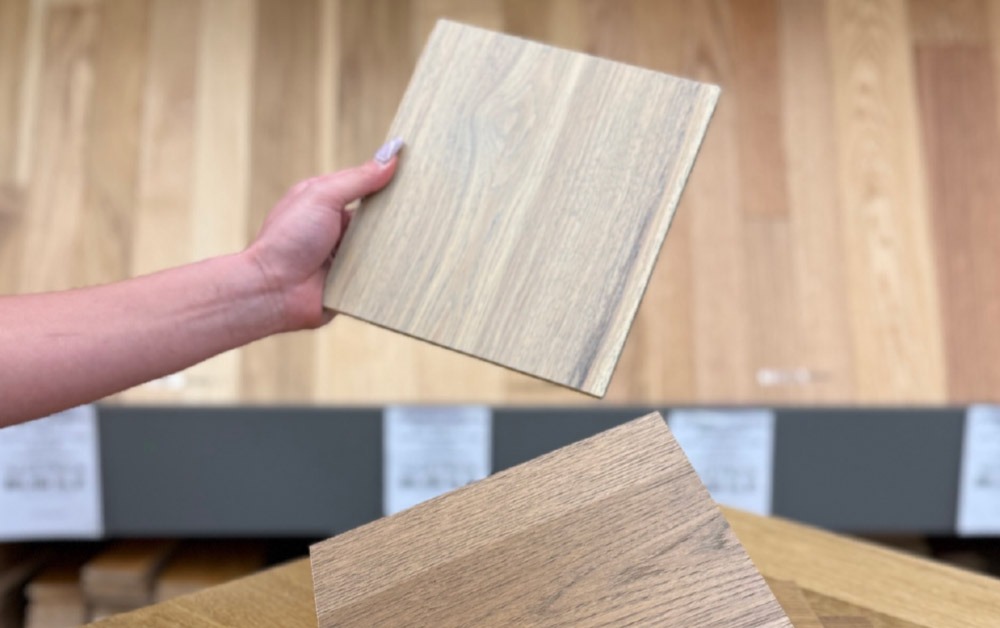
When choosing vinyl plank flooring, it’s easy to focus on style—but there’s more to think about than just how it looks. The right flooring should match both your space and your lifestyle.
Here are a few things to keep in mind while comparing options:
Also consider how the flooring fits with your existing furniture and overall color scheme. Does it work with your style? Will it hold up in a high-traffic area or a room with more moisture?
Spending a little time researching and comparing options can go a long way in helping you find flooring that looks great and holds up for years to come. To get a better idea of how your flooring will look in a real room, design your space with the Virtual Room Designer. It lets you preview different styles in actual rooms so you can feel confident about your choice before making a final decision.
Waterproof vinyl flooring has earned its spot as a go-to choice for both homeowners and designers—and for good reason. It offers the ideal mix of style, durability, and low maintenance, all at a price that makes sense. Whether you're remodeling a bathroom, upgrading the kitchen, or redoing the entire house, it's a smart solution that holds up beautifully in busy, moisture-prone areas.
If you're ready to explore your options, check out Carpet Exchange for a wide selection of waterproof vinyl flooring styles to fit every room and budget. It's a great place to start your search and see what’s possible for your next project.